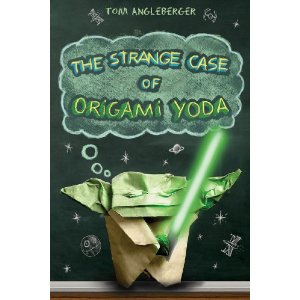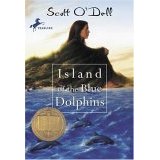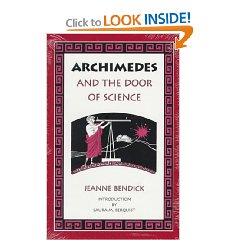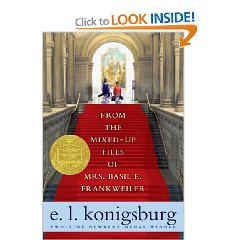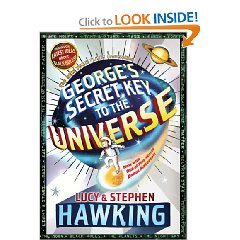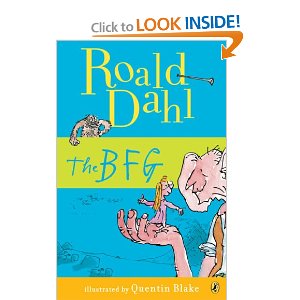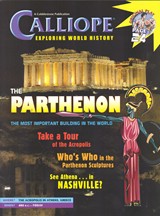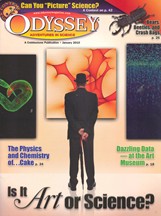I enjoy hunting (gasp!); the “catch” is ALWAYS inanimate, though. I’m too much of a softy to consider the alternative. I grew up amidst a family of Midwestern hunters and struggled with emotions when the ‘prize buck’ was brought in every fall. Although, my family did utilize nearly every ounce of the animal for food and leather products, I still blanched and ran for the hills when the trucks came pulling into the yard bearing those carcasses. On principle, I rarely ate the venison. The roots for vegetarianism were planted at a very young age; it was the first of this year that I finally went ‘cold turkey’ on meat. No more cold turkey! It’s been a great foodie year, learning about produce and other sources of protein.
Taking a closer look, though, shows that I am a contradiction in terms on many subjects. My views are rarely neutral and I could have a big time running with some bumper stickers that just plain don’t make sense. Internal and external forces serve to hone us throughout our lives; the information we glean helps to polish us all into shiny specimens and this process, for me, appears to run in yearly cycles. This is the year of food. Last year was the year of photography and homeschooling. A year of barn building and remodeling. A year of animal husbandry. I hope the same sorts of passions for Max as he grows and wonders about our world. By default he’s been thrust into the middle of some of my intellectual sojourns, but I see mostly smiles on his face as a result. He only grimaces occasionally when I do things like experiment with eggplant and curry and pizza! Max and my husband are still meat eaters to some extent, but I’m picky about the sources of meat. My reasons for choosing vegetarianism have to do with the way corporate America treats the animals in their care. Those animals suffer unspeakable horrors and I won’t knowingly support that. I’m picky about most things if you get right down to it. I spend time marveling at the myriad and wonderful choices we Americans have and try to keep that in perspective, too.
Back to hunting – this time it’s for some good historical fiction that we can read together this year; our emphasis for 5th grade is going to be on American history/geography and I’m hoping that we can forego the ‘romanticized’ version that was fed to me while I was in elementary school. The truth is out there somewhere and I would at least like Max to have an understanding of this concept. I’ve discovered several books, have placed them on the long list and will narrow them down to a short list as I research them a little further.
He is already signed up for a history through literature class that will cover six books the first semester – maybe these will be sufficient, but I’d like to have a few others to choose from. These will be books that we’ll read aloud over the year so I can get in on the action, too. Can’t say that we’ll read all of these (unlikely), but I like having a go-to list of great literature for the times we want to switch things up.
So herein begins my list. Brace yourself, because I haven’t started culling yet. The tricky part is going to be narrowing these down by time period – we could spend the whole year just learning about pioneers! Can’t forget about the Revolutionary War, the Civil Rights movement, the World Wars, Wright brothers, the Titanic, the Great Depression, not to mention what happened yesterday historically for the US! We could be here awhile. Not possible to cover it all, I know. But a good sprinkling is going to be the goal.
Click on each book for more information!
First, Wanda Miller’s resource books below. Thank you, Ms. Miller! She lists great historical fiction in chronological order according to the time period they describe. By all means, find these at your library and use them as a compass if you, too, are looking to make history come alive.
This book offers historical literature selections covering Native Americans up through WWII. Approximately fifty-nine books are suggested for the nine time periods which are as follows: Native Americans, Exploration, American Revolution & Constitution, Slavery & Civil War, Pioneer Life & Westward Expansion, Immigration, Industrial Revolution, WWI, and WWII. I love that she has done much of the hunting and gathering already!
Her second book covers American history post WWII: The Korean War, Civil Rights Movement, The Women’s Rights Movement, Space Exploration, The Vietnam War, and the Persian Gulf War. Some forty-two books are detailed.
Here are some others that have been recommended by various other sources:
American Revolution
1930’s. Four-hundred-eighty-five 41/2 star ratings.
Immigration and assimilation
Max may not be ready for the this one – strong themes and injustices surrounding a tragedy in a church in the Deep South during the 60’s (it involves the burning of a church with four young girls inside)
1800’s. I love learning about this era and pioneers, hope Max does, too.
Over 700 near-perfect ratings. I’m equally fascinated with this period of time, too – WWII. We could also delve into Diary of Anne Frank, but we’ll save that one for middle school.
What mouse doesn’t spin a good tale? The life of Ben Franklin through the eyes of a good mouse named Amos.
Same author, Robert Lawson. He has a few other books with the same premise (history told through animal eyewitnesses).
10-year-old girl’s account of her family’s trek along the Oregon trail in the 1850’s
Admiral Byrd’s harrowing one-man Antarctic adventure; kind of an outlier, but it looks like a good adventure book based on real events.
“Freedman is a master at taking crucial moments in American History and reproducing them with powerful tensions and grace”. Quote taken from Honey for A Child’s Heart:The Imaginative Use of Books in Family Life. Freedman also wrote books about the Wright Brothers, Eleanor Roosevelt, Helen Keller, and Crazy Horse.
Underground railroad and the Civil War
We enjoyed O’Dell’s Island of the Blue Dolphins a lot, too. The book above is about Sacagawea.
The Navajo Trail of Tears through the eyes of a 14-year-old girl
I’m going to stop here for now – I haven’t done any looking for books that fit the post WWII era yet beyond what is listed in Wanda Miller’s books. Oh – can’t forget about the Little House on the Prairie series, either. I had hoped to read these to Max over the summer, but summer has a way of taking off on its own tangents and we didn’t get that accomplished. He did a bunch of his own reading (see this post).
In closing, Honey for a Child’s Heart has been on our bookshelf for several years and I have pulled it out many, many times. It’s a wonderful resource when searching for good, wholesome books for your kids. Here’s what it looks like and it, too, has a section on historical fiction for 9-12 year olds:
Written by Gladys Hunt – doesn’t she have the most perfect last name??
Looking forward to some living history. So much more fun than memorizing events and dates!
Filed under: History, Literature | Tagged: historical fiction for kids, homeschool american history resources, homeschool literature, homeschool living history | Leave a comment »




















